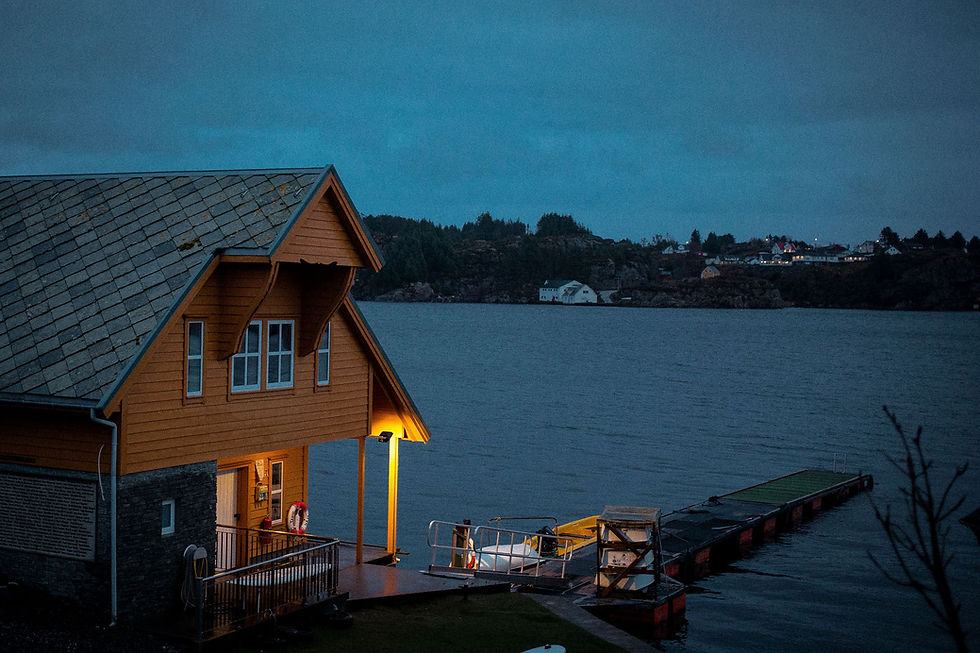Historic homes: guide to choosing the right roof
- Tempurtech Admin
- Apr 25, 2022
- 3 min read
It takes a lot of love and passion to restore and maintain a historic home. Those who care about historic properties and historical preservation groups value accuracy in every aspect. In some ways, it all starts with the restoration of a historic roof. A roof not only serves as a decorative element in various architectural styles, but it also serves to protect everything beneath it. The roof protects the home's structure as well as any historical features or objects you may have within against water incursion.

1. Learn about the history of your roof
Researching the history of the home is always a part of restoration work, and the roof is no exception. You should investigate whether or not the current roof is the original (it might be). Any historical materials you have on the house might assist you figure out what kind of roof it had initially or during the time period you're restoring it to.

2. Review Documents
Work orders and receipts, pictures, notebooks, diaries, original plans, insurance surveys, media clippings, and other documents may be examined. Photographs are useful for revealing not just the roof's material and color, but also any previous features.

3. Examine the Physical Evidence
Based on physical evidence, a professional roofer may be able to establish what type of roof your property had. Underneath the existing roof, old materials might be laid. In the attic, there may be remnants of an older roof system, such as nails or metal fragments. It's a good idea to choose a roofer who knows about roofing history and has worked on restoration projects before so you can make sense of any indications you uncover.
4. Get Help from Historical Organizations
It's important to keep in mind that the kind of alterations you may make to a historic home's roof may be limited. Building laws may also limit you, but many places provide allowances for historic homes or those in designated historic neighborhoods.
Even if you must use conventional materials for the roof's surface, you may be able to employ contemporary roof underlayment beneath those materials for better weather protection, as underlayment is usually not visible and does not interfere with the roof's external look.

Historic Roof Materials
Wood Shingles
From the earliest colonial days until the nineteenth century, wood shingles were the most frequent roofing material. During this time, wood shingle materials, production procedures, and installation techniques all changed dramatically. To imitate wood shingles on your property, you'll need a lot more information. To begin, you must determine the type of wood you should use. It all depends on what kind of wood was available in your region when the house was built.

Clay Tile
Clay tile roofing was popular throughout the colonial period, especially in areas influenced by the Spanish, and even by the Dutch in the north. The most frequent tiles were rounded, such as Spanish "S" tiles and convex Mission tiles. Because of the English and French cultural influences in this area, flat clay tiles were utilized when clay tile was employed in the Northeast, which was unusual.

Slate
Slate was a relatively uncommon roofing material for dwellings prior to the Revolutionary War, but it was accessible in colonial America. It was initially imported from Wales, but starting in 1785, it was also mined in America. The average slate tile was 10 inches by 6 inches and was a quarter-inch thick. Your local historical organization might be able to tell you more about the amount and quality of slate your home's previous owner picked.

Metal Roof
Metal is a historically significant roofing material. In both Canada and the United States, metal roofs were available, but they were pricey. Only lead and copper were appropriate for roofing at the time. Until after the Civil War, few, if any, home roofs in the United States had metal.

Asphalt Shingles
Although asphalt shingles were first introduced in the United States in 1901, they did not become widely used until the 1920s. The first shingles are no longer manufactured. However, they had a similar appearance to current 3-tab shingles, so if your property had previously had early shingles, this would be an appropriate replacement material.





Comments